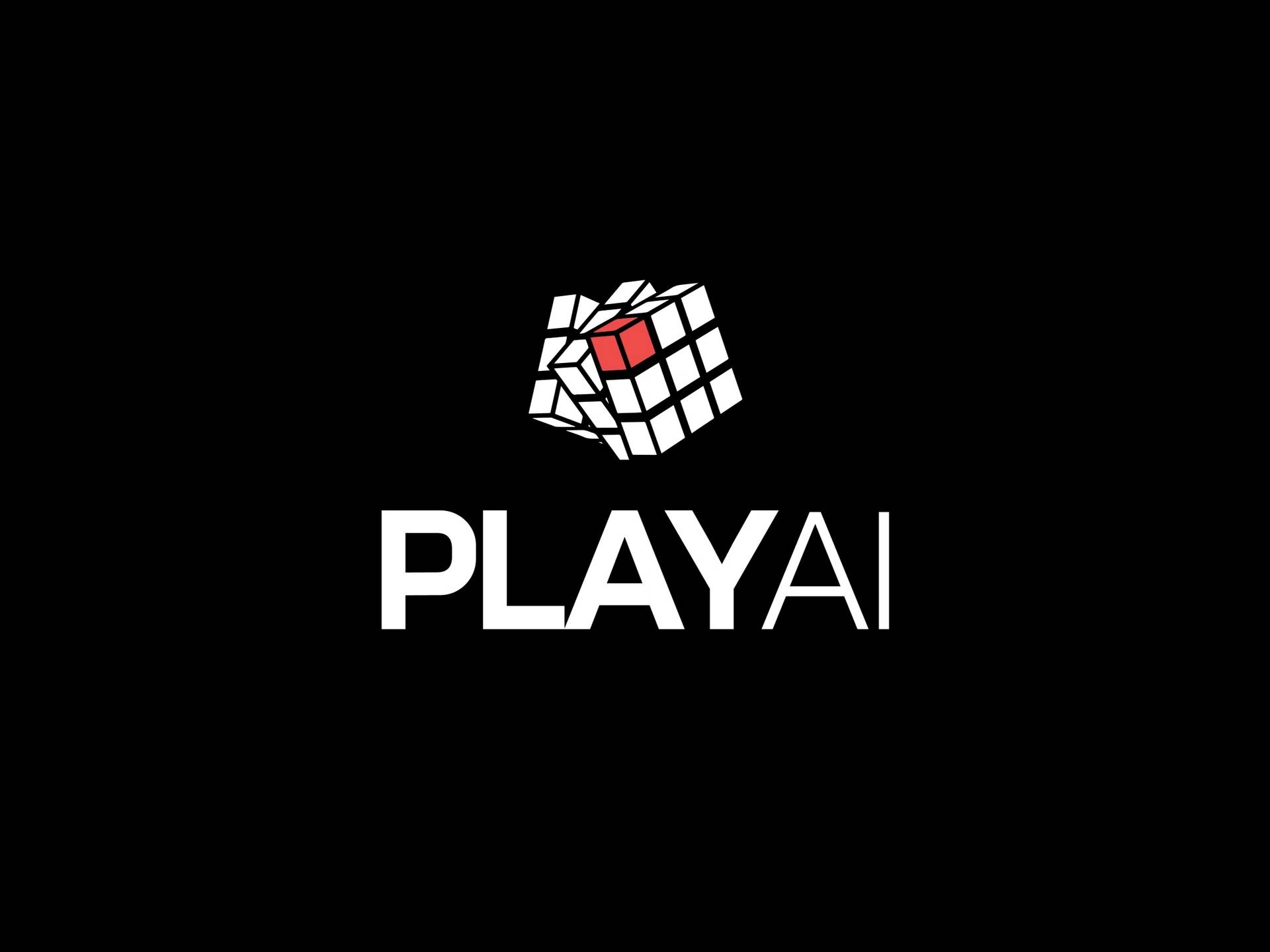订阅 wiki
Share wiki
Bookmark
PlayAI Network
PlayAI Network
PlayAI Network 是一个去中心化的编排层,旨在连接和自动化各种人工智能 (AI) 和 加密货币 应用程序之间的工作流程。该项目旨在通过使不同的工具、代理和协议通过单一界面进行互操作来解决 AI 和 Web3 生态系统中的碎片化问题,通常被比作“链上 AI 的 Zapier”。[1] [2]
概述
开发 PlayAI Network 是为了解决消费者 AI 和 Web3 格局中的碎片化问题。在这些生态系统中,许多应用程序、工具和协议都是孤立运行的,从而创建了信息孤岛,阻碍了无缝通信和数据传输。
这种碎片化限制了复杂自动化的潜力,因为用户无法轻松创建跨多个平台的工作流程。例如,一个平台上的 AI 助手无法访问和利用来自另一个平台的数据,除非进行专门的集成。该项目的愿景是“随时随地自动化一切”,这表明其雄心是创建一个用于自动化任务的通用互操作系统。[3] [2]
该网络的核心概念是编排,它涉及创建一个统一的框架,使不同的系统和 AI 代理能够相互通信、共享数据和触发操作。
通过充当智能中间层,PlayAI 能够创建复杂的、多步骤的“Plays”,或自动化工作流程,这些工作流程可以通过单个提示启动。这会将独立工具转变为一个互连的网络,能够执行复杂的任务,例如监控项目管理工具中的任务并自动更新代码存储库中的相应问题。该网络构建为 EigenLayer 上的主动验证服务 (AVS),利用 以太坊 的安全模型来支持其运营。[3]
历史
PlayAI Network 的公开形象始于 2024 年 3 月,当时创建了其官方 X(前身为 Twitter)帐户。在 2025 年 9 月宣布公开代币销售后,该项目获得了极大的关注。
2025 年 9 月 4 日,加密货币研究和分析平台 Kaito AI 宣布 PlayAI Network 将成为下一个在其 Capital Launchpad 上启动的项目。原生代币 $PLAI 的公开销售于 2025 年 9 月 8 日 UTC 时间 12:00 开始。$PLAI 代币的代币生成活动 (TGE) 预计将于 2025 年 10 月举行。[2]
技术
PlayAI Network 的技术基础是其编排层,该层由去中心化的节点基础设施支持,并与以太坊的安全协议 EigenLayer 集成。
编排层
编排层是实现网络功能的核心技术。它充当一个统一的框架,使不同的软件应用程序、AI 代理和区块链协议能够相互交互、共享数据和触发操作。
该层旨在消除应用程序之间通常存在的信息孤岛,从而能够创建跨多个平台的复杂自动化工作流程。通过解释用户提示,编排层协调跨集成工具的必要操作以实现期望的结果,从而从最终用户那里抽象出技术复杂性。[3]
生态系统组件
PlayAI 生态系统由几个关键组件组成,这些组件协同工作以提供全面的用户和开发者体验。
- Play Hub:用户与网络交互的中心面向用户的平台。用户可以创建和部署工作流程,完成称为“任务”的任务,管理他们的活动并获得奖励。Hub 是访问网络功能的主要界面。[1]
- Oasis 节点:支持网络数据挖掘和编排功能的去中心化基础设施。这些节点负责验证交易、保护网络和执行自动化工作流程。节点 运营商因其对网络运营和安全的贡献而获得奖励。[3]
- Aura 代理:集成到生态系统中的 AI 驱动的聊天助手。Aura 代理旨在通过对话界面提供指导和执行命令来帮助用户浏览平台、构建工作流程和管理他们的链上活动。[1]
- Plays:用户可以创建、发布和使用的可定制的自动化工作流程。这些“Plays”是网络的核心产品,代表跨多个工具的一系列操作,可以通过单个提示触发。用户还可以通过创建和共享流行的 Plays 来“耕种”奖励。
- Play Studio:计划中的开发环境,被描述为“开发者的游乐场”。预计该组件将为开发者提供工具、SDK 和界面,以构建新的集成、创建更高级的 Plays 以及将他们自己的应用程序和 AI 代理连接到 PlayAI 网络。[3]
Oasis 节点操作
为了维护其去中心化的基础设施,该网络允许用户通过一个名为 NodePortal 的专用平台购买和运营 Oasis 节点。运营商有多种运行其节点的选项,以满足不同级别的技术专业知识:
- 第三方服务:用户可以使用像 NodeOps 这样的服务来管理其节点的设置和维护。
- 本地设置:技术熟练的用户可以在本地机器 (LocalHost) 上手动设置和运行节点。
- 云部署:节点可以部署在云服务上,例如 Amazon EC2 实例。
运营商可以使用专用工具 节点 浏览器来监控其节点的状态和性能。作为保护和支持网络的回报,节点 运营商会收到 节点 奖励。[3]
EigenLayer 集成
PlayAI Network 构建为 EigenLayer 主动验证服务 (AVS)。这种集成意味着该网络利用 以太坊 的再质押协议来增强其自身的安全性。
在 以太坊 网络上质押了以太币 (ETH) 的验证者可以选择“再质押”他们的资产以保护 PlayAI 网络。这种机制允许 PlayAI 借用 以太坊 的大型去中心化验证者集的经济安全性,为其共识和验证过程提供强大的基础,而无需从头开始建立自己的独立验证者集。[3]
代币经济学
PlayAI Network 生态系统由其原生实用代币 $PLAI 提供支持。
$PLAI 代币
$PLAI 是 PlayAI Network 的原生代币。虽然在代币生成活动之前没有完全详细说明具体用途,但预计该代币将在网络经济中发挥核心作用,可能用于交易费用、质押、治理以及奖励节点运营商和流行“Plays”的创建者等参与者。[3]
公开销售
$PLAI 代币的公开销售在 Kaito AI Capital Launchpad 上进行,于 2025 年 9 月 8 日开始。销售的关键细节在其启动之前已公开。
- 估值:此次销售以 5000 万美元的完全稀释估值 (FDV) 进行。据指出,这低于之前 7000 万美元的私人估值。
- 筹款目标:此次销售旨在筹集超过 200 万美元。
- 归属时间表:公开销售的参与者在代币生成活动 (TGE) 中收到他们购买的代币的 50%,剩余的 50% 在随后的五个月内线性归属。
- 分配限制:此次销售包括最低参与金额 100 美元和最高参与金额 250,000 美元。
这些细节已在该项目的官方社交媒体渠道上公布。[2]
用例
PlayAI Network 的编排功能旨在支持跨生产力、金融、内容创建和个人助理的广泛用例。通过集成各种应用程序,该网络可以自动执行复杂的任务,否则这些任务需要手动干预。
- 生产力和工作流程自动化:AI 助手可以访问云存储服务中的文档,使用其内容在演示工具中生成幻灯片,然后将摘要发布到团队协作应用程序。同样,它可以监控 Jira 中的开发者任务,并自动在 GitHub 中创建或更新相应的问题。
- 个人理财:该网络可以同步来自多个银行应用程序的交易数据,以自动对费用进行分类、生成预算报告并发送自定义支出警报。
- 电子商务管理:可以创建一个工作流程来分析来自 Shopify 等电子商务平台的销售趋势,并自动更新跨多个在线市场(如 Amazon 和 eBay)的库存水平。
- 内容创建:该平台可以通过将写作工具、AI 图像生成器和发布平台集成到一个无缝的工作流程中来简化内容创建过程。
- 个人助理:来自笔记应用程序的用户购物清单可以自动同步以填充电子商务网站上的购物车。
这些示例说明了该网络连接不同数字工具的能力。[3]
合作伙伴和投资者
PlayAI Network 得到了许多风险投资公司的支持,并与 Web3 生态系统中的关键项目建立了合作伙伴关系。
投资者
该项目已获得多家专注于数字资产和区块链技术的知名投资公司的支持。支持者名单包括:
生态系统和合作伙伴
PlayAI Network 已与各种区块链和技术平台建立集成和合作伙伴关系,以构建其生态系统。主要合作伙伴包括:
发现错误了吗?
